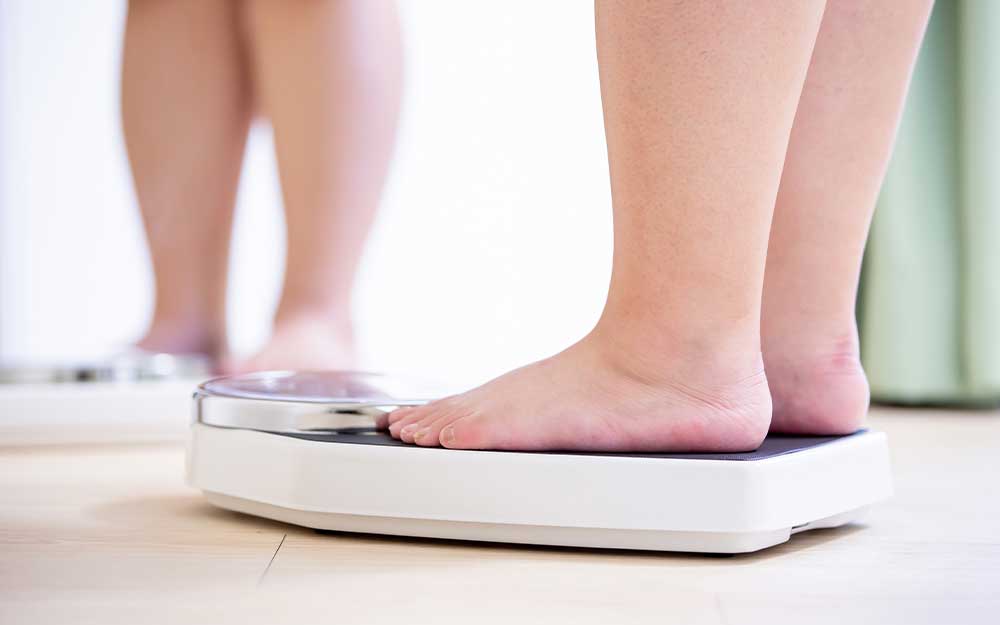According to the National Eating Disorders Association, there are many myths surrounding eating disorders. One common misconception is that they’re associated with people who have low body weight. In reality, all types of eating disorders occur across a range of body types and the weight spectrum.
“When people think of eating disorders they think weight,” says Rachel Nelson, therapist at Rogers in Tampa. “Eating disorders are first and foremost a mental illness which manifests in physical symptoms. You can’t simply look at someone and determine whether or not they have an eating disorder. A person may be ‘thin’ and not have an eating disorder, whereas someone else is what we would consider to be typical or normal weight and may be struggling. It’s really about the relationship people have with food and not so much what their outside appearance is.”
Rachel says eating disorders are maladaptive coping mechanisms that usually center around mood regulation.
“Typically people overeat or undereat because they’re trying to manage underlying anxiety or depression,” she says. “And they want to feel like they have some semblance of control.”
In a culture obsessed with weight in addition to promoting and celebrating weight loss, Rachel says someone struggling with food can easily find reinforcement for their disordered eating.
“Thankfully there is the body positive moment,” she says. “But we don’t celebrate other illness like we do disordered eating. It does have an impact.”
Besides the relationship with food, mental health aspects of eating disorders include the fear of gaining weight, the pattern of thinking, feeling, and behaving, and typically poor body image.
“Are the symptoms someone is experiencing impairing their day-to-day functioning and quality of life?” she says. “Are they really preoccupied with food prep or working out? While that is taking care of your body, what happens if someone can’t do those things? Does it create a lot of stress or cause someone to feel out of control? That can be an indicator that maybe it’s time to seek professional help.”
Rogers’ multi-disciplinary teams use evidence-based treatment with proven outcomes.
“We use cognitive behavioral therapy with an emphasis on exposure response therapy, or ERP,” she says. “With ERP, we gradually expose patients to fears they may have around food or weighing themselves, so the number on the scale is just a number and the response to it can be neutral. We help the patient separate their identity from the eating disorder.”
Rogers also incorporates family-based therapy for children and adolescents.
“We want families to know no one is to blame,” she says. “Oftentimes parents can feel really guilty. At Rogers, we work with the parents or caregivers. They are the experts on the child while Rogers is the expert in treating eating disorders. We combine our superpowers to team up against the eating disorder.”
While receiving treatment can be challenging, Rachel wants anyone who may be struggling to know you are worth it.


